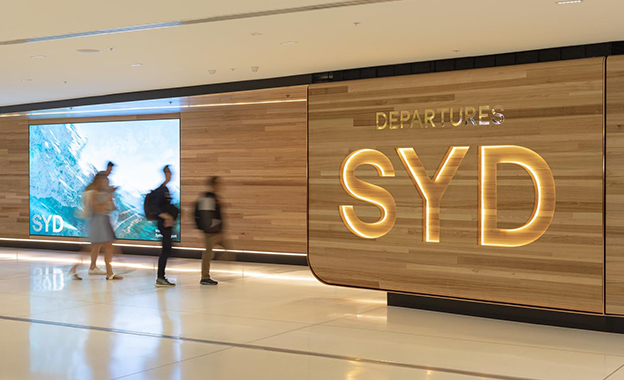
Australia has always been a land of dreamers. It is the only country in the world where everyone living there was either born overseas or had at least one parent who was born overseas. The love for nature and beach lifestyle is deeply ingrained in Australian culture, but this does not mean that it's an easy life for those who live far away from coastlines and beaches while working in business hubs like Sydney CBD or Melbourne CBD. That all changed when Covid-19 (a pandemic) hit Australia and people were mandated to work from home if they could do so.
Suddenly, Australians found themselves with more time to think about what they wanted out of their lives without fear of being infected by Covid-19 or losing their jobs. White-collar works with the option of working from home was mandated to do so, this caused a worldwide adoption that got thrusted into the world stage as the spread of Covid-19 spiraled out of control, the world in lockdown had forced the boardroom meetings to the new Zoom meeting and Google Meet meetings. Resulting the white-collar workers the option to leave the much crowded and overpriced inner city living in pursuit of a slice of serenity by the beach or the call of nature in regional towns.
Find a Mover shared data depicting a collective 18 percent rise of interstate moving activity in major cities mostly dominated by people moving out of inner-city suburbs and much of the population moving more outwards in regional towns.
Interstate removals being the most selected category on the platform by Australians over the past 12 months with Melbourne removalists being among the busiest.
Another report from January 2020 to January 2021, regional house prices found themselves outpacing capital city growth by more than 3 times skyrocketing by 40 percent.
Cameron Kushner, director of economic research at REA Group says “The areas with the highest increase in sales over the past 12 months have been dominated by the outer capital city and regional markets.”
Further solidifying that Australians are keen to pick up their belongings to move to a much more slow-paced environment by the seaside or regional town.
The question then becomes “If Australians are making the change moving away from capital cities, what is the future for Australia’s major capital cities going forward?”
Dr James Lennox from the Centre of Policy Studies at Victoria University in Melbourne has examined the hypothetical impact form studies that the major shift of the population working from home has had on our major cities and explains the growth in Australia’s East Coast, Melbourne, Sydney and Brisbane have flatlined as the population rather once concentrated in these cities have spread out more sparsely across the nation as working from home continues and while the demand for office space seems to be bucking the trend, it creates an opportunities for new trends to also emerge and is ever more important for people to escape their work life balance at home and escape to the capital cities for social hubs.
How long will this trend last is still yet to be seen as the Covid-19 pandemic unfolds around the world.
| < Prev | Next > |
|---|





